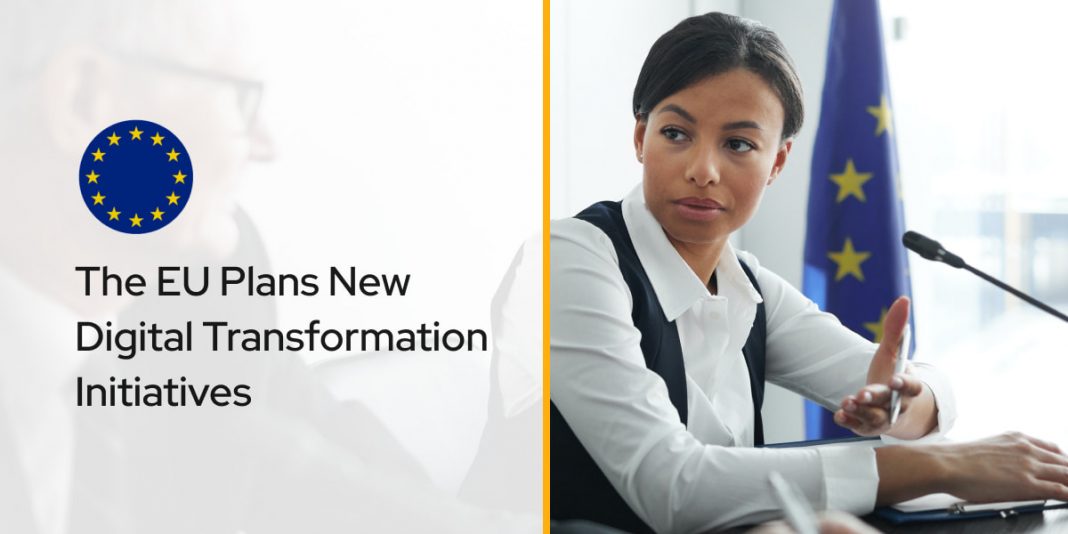As members of the European Parliament are setting up and voting on “Shaping the digital future of Europe” initiatives, many other plans are being put into place to ease and secure the block’s digital transition through policy and priority updates. In addition to the general policy of progressing in the digital transformation, there are targeted programs to achieve specific goals as part of this policy.
The EU’s aim is to make digital technology accessible and widespread, yet safe and regulated, while keeping in accordance with the pledge of climate neutrality by 2025. As the market changes, Europe walks with the times, evolving to mitigate the impact of the digital transition.
Last month, a strategic €7.5 billion (over $9 billion) funding program called “Digital Europe Programme” (DPE) was introduced to kickstart investing in a competitive transition to digital. The DPE will focus on solving transitional and environmental challenges brought forward by the advancement of digital technology, and projects in the areas of supercomputing, AI, cybersecurity, advanced digital skills, and widening innovative use of technology. As the use of various digital advancements becomes widespread, the Parliament is also calling for more policies focusing on digital skills education and retraining.
In the same month, a proposal for AI regulation by the European Commission pushed for a supportive legal framework to increase trust and safety in the implementation and usage of Artificial Intelligence. Legislation and regulation in the online security sector is also under works, with a target on removing terrorist and illegal content, while protecting free speech and freedom of the press.
The overall plan for economic recovery aims to direct and invest at least 20% of the €672.5 billion (over $815.8 billion) Recovery and Resilience Facility into the transition and advancements. This calls for a review in taxation rules to ensure fair taxes and reduce avoidance, such as the proposed global minimum tax rate.






